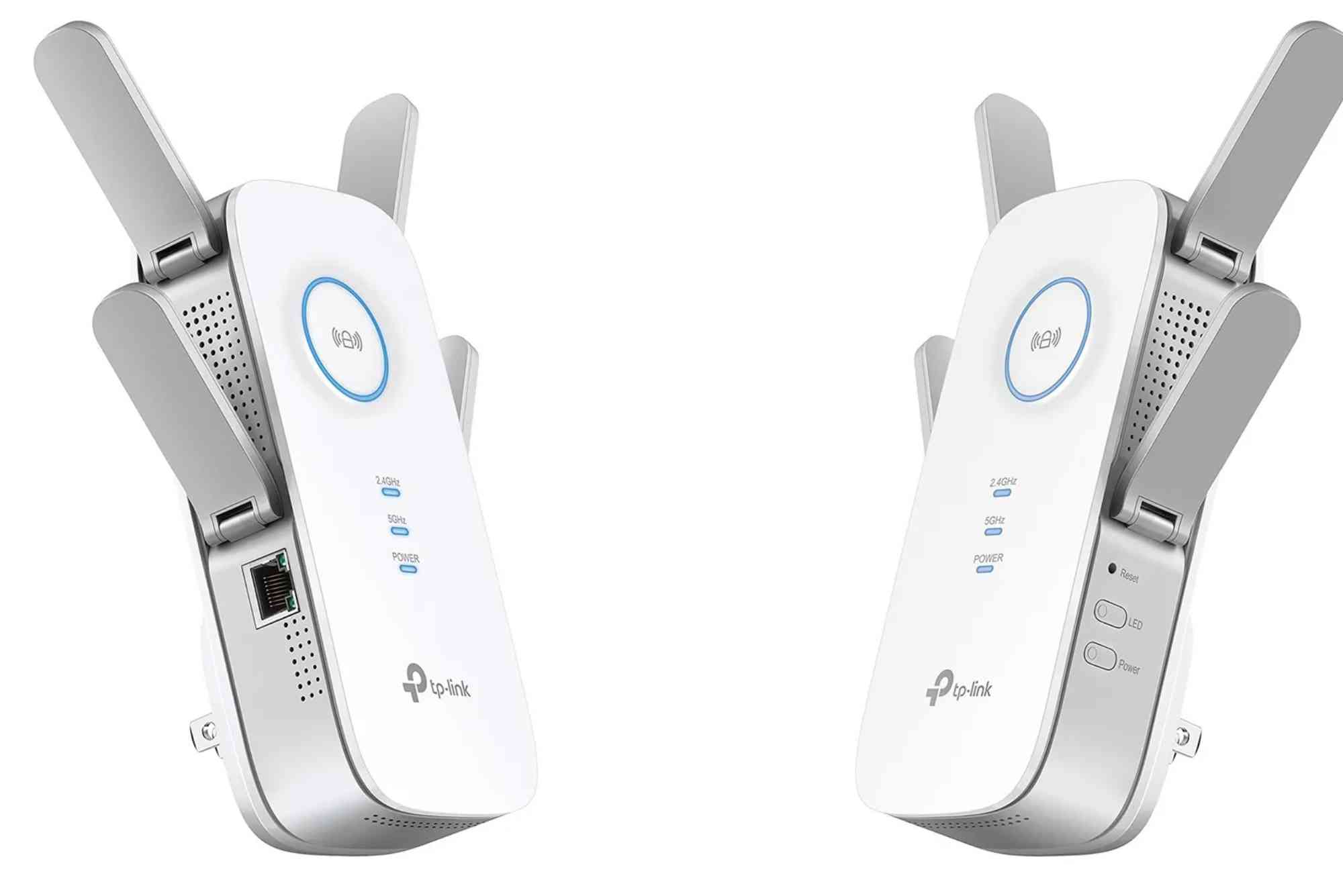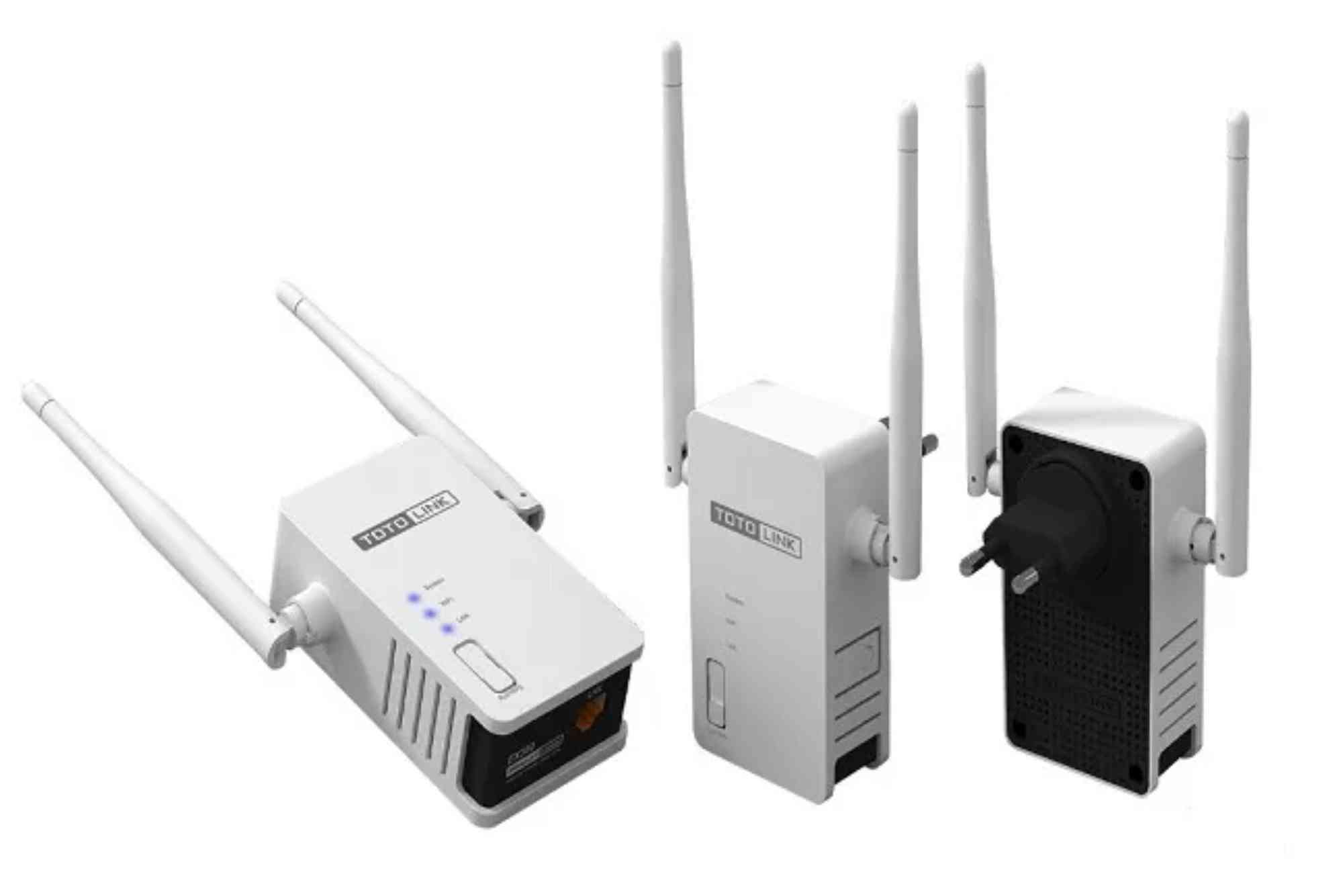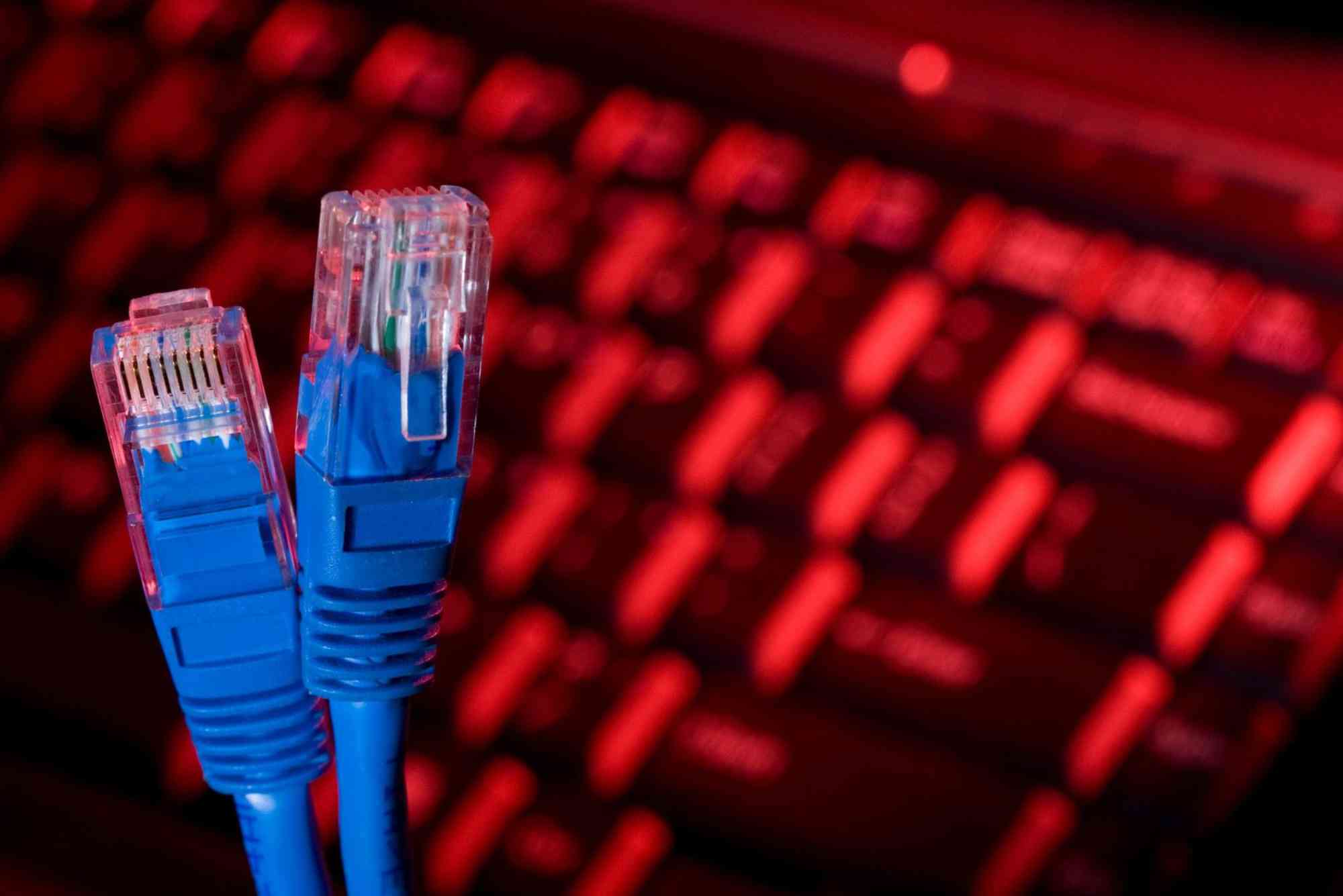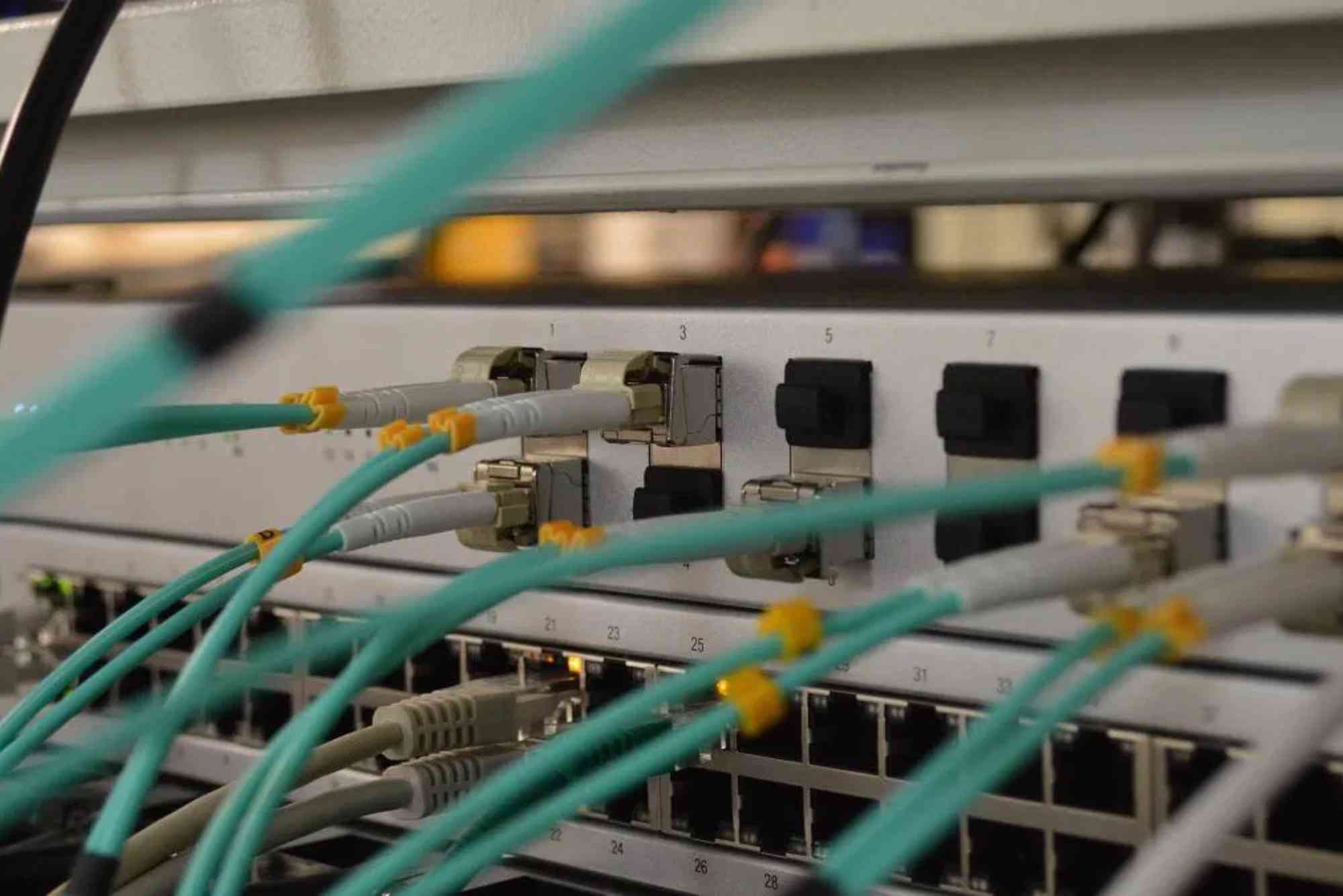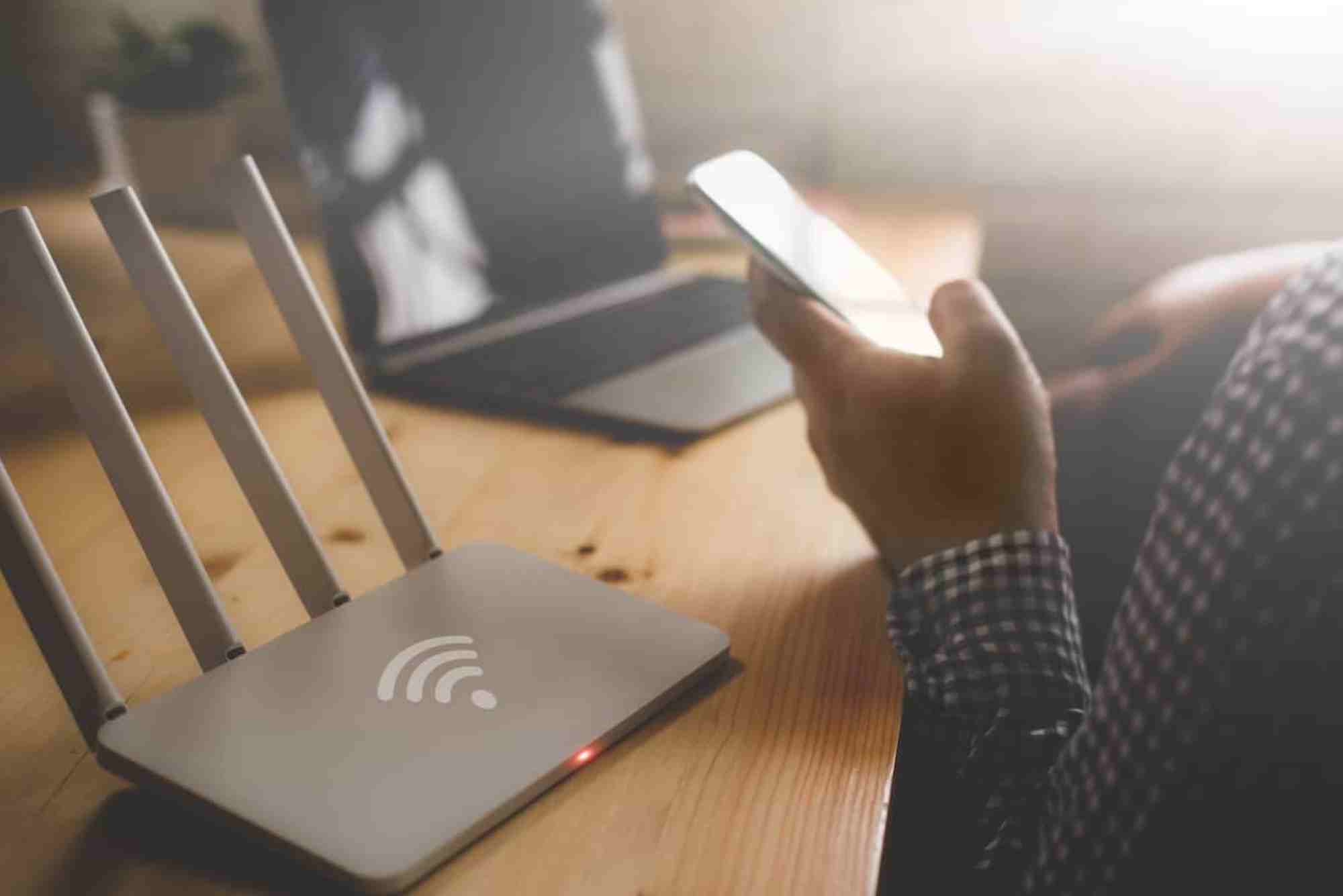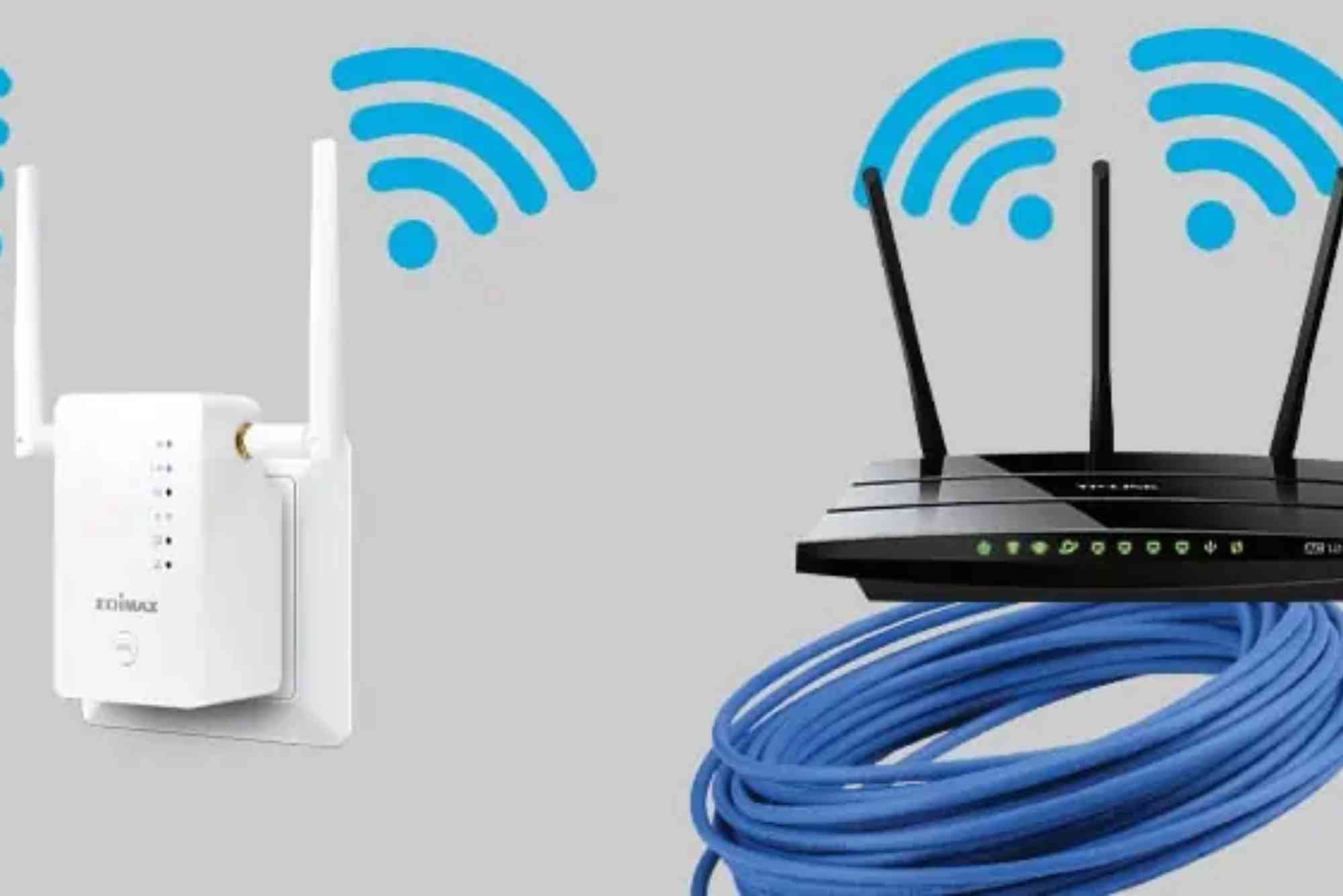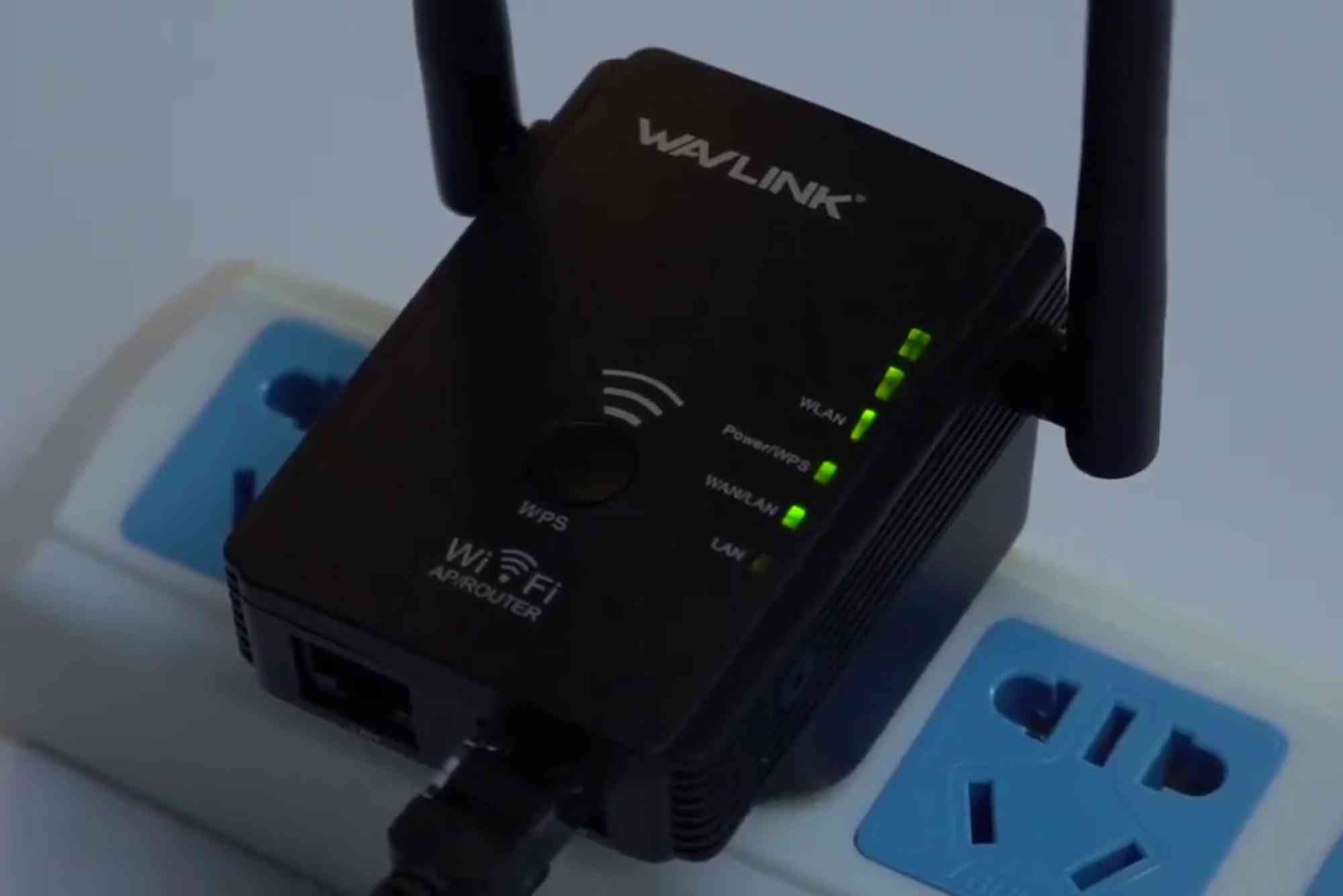How to Troubleshoot Slow Wi-Fi Download Speeds
A fast and reliable Wi-Fi connection is essential in today’s connected world. But nothing is more frustrating than slow download speeds when you need them most. Whether you are streaming, working, or gaming, sluggish Wi-Fi can disrupt productivity and cause endless frustration.
In this guide, you’ll learn how to troubleshoot Wi-Fi slow download step by step. We’ll explore common causes, proven fixes, and expert tips to get your internet back to peak performance.
Why Wi-Fi Download Speeds Become Slow
Before fixing the problem, it helps to understand why Wi-Fi might slow down. Several factors can cause poor download performance.
Network Congestion
When too many devices are connected, bandwidth is shared. Streaming, downloads, and video calls running simultaneously can overload your network.
Router Placement Issues
A router placed in a corner, behind walls, or near appliances may deliver weak signals. Poor placement can cut speeds drastically.
Outdated Hardware
Old routers or devices may not support the latest Wi-Fi standards. As a result, your connection cannot handle modern speed requirements.
ISP Limitations
Sometimes the issue lies with your internet provider. Certain plans limit speeds, or temporary outages may affect performance.
Software or Malware Problems
Viruses, background apps, or large updates running on your device can drain bandwidth and cause slow speeds.
How to Troubleshoot Wi-Fi Slow Download
Now that we know the causes, let’s explore practical solutions.
Restart Your Router and Devices
One of the simplest fixes is restarting your router. This clears memory, resets connections, and often improves speed. Rebooting your laptop, phone, or gaming console can also help.
Check Your Internet Plan
Compare your current download speed with your subscribed plan. If your plan only offers limited speeds, you may need to upgrade. Providers like Dhanote Internet Services offer packages that match modern usage needs.
Run a Speed Test
Use tools like Ookla or Fast.com to measure your download speed. If the results are far lower than your plan, troubleshooting is necessary.
Reduce Connected Devices
Disconnect devices that are not in use. Streaming TVs, idle smart speakers, and background downloads all consume bandwidth.
Improve Router Placement
Place your router in a central, elevated location. Keep it away from thick walls, mirrors, or microwave ovens that interfere with signals.
Update Router Firmware
Manufacturers often release updates that fix bugs and enhance performance. Check your router’s settings and install the latest firmware.
Switch to 5 GHz Wi-Fi
Most modern routers support 2.4 GHz and 5 GHz bands. The 5 GHz band offers faster speeds but shorter range. Switching can improve performance in crowded areas.
Change Wi-Fi Channel
Interference from nearby networks can slow down your connection. Log into your router and select a less congested channel.
Secure Your Network
Unauthorized users may be using your Wi-Fi. Protect your network with a strong WPA2 or WPA3 password.
Limit Background Applications
Close unnecessary apps on your devices. Cloud backups, game updates, or software patches often consume bandwidth without you noticing.
Scan for Malware
Run a full security scan. Malware can hijack your bandwidth and compromise both speed and safety.
Consider a Wired Connection
For activities like gaming or large downloads, use an Ethernet cable. Wired connections are usually faster and more stable than Wi-Fi.
Contact Your ISP
If none of these steps work, the issue might be with your provider. Contact customer support for assistance or request a line check.
Advanced Fixes for Persistent Slow Wi-Fi
If your Wi-Fi is still slow after trying basic fixes, consider advanced steps.
Upgrade Your Router
If your router is more than five years old, replace it. Modern routers support faster speeds, more devices, and better coverage.
Use a Wi-Fi Extender or Mesh System
In larger homes, a single router may not cover all areas. Extenders or mesh systems help eliminate dead zones.
Enable Quality of Service (QoS)
Some routers allow you to prioritize certain activities like video calls or gaming. QoS settings ensure critical tasks get more bandwidth.
Replace Old Cables
If you use a wired connection, old Ethernet cables may limit speed. Upgrade to Cat 6 or Cat 7 cables for better performance.
FAQs About Troubleshooting Slow Wi-Fi
Why is my Wi-Fi download speed slower than upload?
This may happen due to network congestion, router settings, or ISP bandwidth allocation. Switching channels or contacting your ISP may fix it.
How can I check what is slowing down my Wi-Fi?
Use tools like GlassWire or your router’s admin panel to see which devices and apps are using bandwidth.
Does resetting a router improve download speed?
Yes, resetting can clear temporary issues. However, it won’t fix deeper problems like outdated hardware or ISP limitations.
Can too many devices cause slow Wi-Fi?
Absolutely. Each device consumes bandwidth. The more devices connected, the slower your Wi-Fi may become.
Should I use 2.4 GHz or 5 GHz Wi-Fi for downloads?
For faster downloads, 5 GHz is usually better. However, 2.4 GHz has longer range and penetrates walls better.
Slow Wi-Fi download speeds can be frustrating, but most issues are easy to fix. By restarting your router, optimizing placement, updating hardware, and managing connected devices, you can restore fast and stable downloads.

